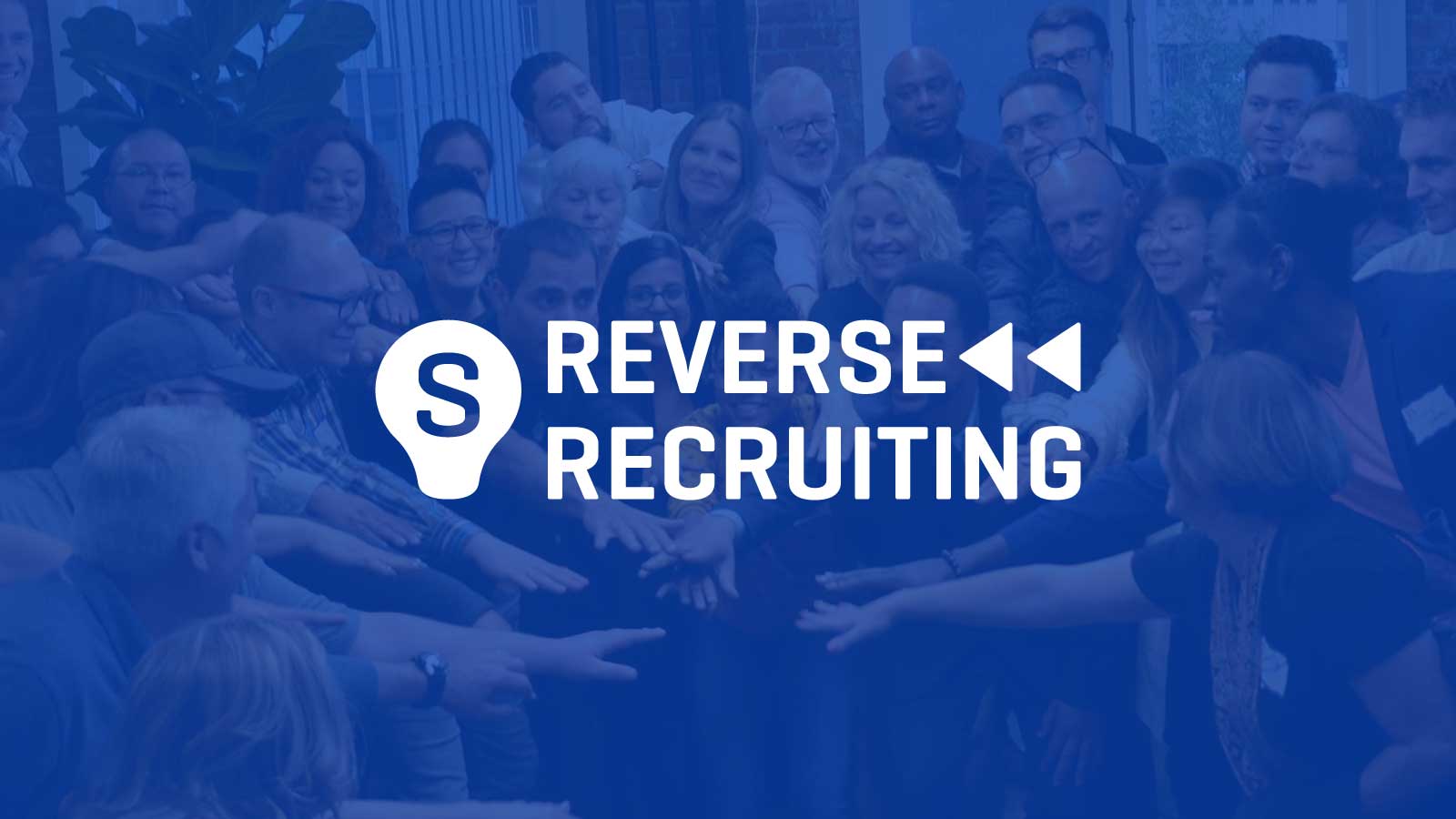From Easy to Proactive: Accepting Reverse Recruiting in Your Company
From Easy to Proactive: Accepting Reverse Recruiting in Your Company
Blog Article
Boost Your Hiring Game With Strategic Reverse Recruiting Approaches
As the landscape of employing evolves, organizations are increasingly turning to cutting-edge approaches such as calculated reverse recruiting to obtain an affordable side in safeguarding top skill. This change in attitude calls for a thoughtful reconsideration of exactly how firms approach the employing process, concentrating on attracting passive candidates instead than only depending on energetic job candidates - reverse recruiting.
Understanding Calculated Opposite Hiring
Purposefully leveraging the principle of reverse recruiting can significantly boost your company's skill purchase approach. By turning the typical recruitment method on its head, reverse recruiting entails proactively seeking and drawing in passive prospects that may not be proactively trying to find brand-new opportunities. This positive technique permits firms to use a pool of high-quality skill that might not come via traditional work postings alone.
Comprehending the details of calculated reverse recruiting is vital for its successful execution. It requires a deep understanding of the sector landscape, competitor analysis, and the certain ability that remain in high demand. reverse recruiting. By carrying out detailed study and leveraging market understandings, organizations can recognize and engage with top talent in a much more individualized and targeted manner

Benefits of Reverse Hiring
Reverse recruiting uses an unique strategy to talent procurement by proactively involving with passive candidates who may not be proactively looking for work chances. One of the key benefits of reverse recruiting is the capacity to target candidates that are already used and pleased in their present roles.

Secret Parts of Reverse Recruiting
Having checked out the benefits of reverse recruiting in targeting top entertainers that are web content in their existing functions, it is vital to understand the essential elements that make this strategy successful in drawing in passive prospects. The initial key component is constructing a solid employer brand name. Passive candidates are usually not actively seeking brand-new chances, so having a favorable credibility as an employer can stimulate their passion. Leveraging social media platforms and employer review sites to display firm society and worths can help in this regard.
Another vital component is personalized outreach. Given that easy prospects are not actively trying to find tasks, common recruitment messages are likely to be ignored. Tailoring outreach efforts to highlight just how the particular skills and experiences of the prospect straighten with the firm's demands can dramatically increase the opportunities of obtaining their attention.
Furthermore, fostering partnerships with passive prospects gradually is essential. Regularly involving with them through networking events, industry conferences, or perhaps periodic check-ins can aid develop relationship and trust fund, making them extra receptive to possible task chances in the future. By including these crucial elements right into reverse recruiting approaches, organizations can properly draw in and work this with leading ability from the swimming pool of passive candidates.
Implementing Reverse Hiring Methods

Furthermore, creating compelling employer branding and showcasing a favorable business culture can aid attract easy candidates and encourage them to think about new profession possibilities. Developing a skill area or directory ability pipeline can additionally be helpful in nurturing relationships with easy candidates with time, maintaining them engaged and interested in potential future duties within the organization. Overall, applying reverse recruiting strategies requires an aggressive and individualized technique to talent procurement, focusing on developing significant links with passive candidates to drive lasting employment success.
Determining Success backwards Hiring
Effective measurement of success in hiring methods requires a comprehensive assessment of crucial performance indications and metrics to analyze the impact and efficiency of talent purchase initiatives. In the context of reverse recruiting, specific metrics can give important understandings right into the efficiency and effectiveness of the approach. One important Learn More Here metric is the quality of candidates involved through reverse recruiting networks. By measuring the conversion price of easy prospects into energetic applicants or employs, organizations can assess the efficiency of their reverse recruiting campaigns.
Keeping track of retention prices amongst prospects hired through reverse techniques can supply insights into the lasting success of the technique. High retention prices suggest that the prospects sourced through reverse recruiting are a great fit for the company, adding positively to its total skill swimming pool.
Conclusion
To conclude, calculated reverse recruiting gives an unique approach to working with that concentrates on attracting leading skill with proactive interaction and relationship-building. By leveraging this approach, organizations can gain a competitive edge in the talent market and enhance their recruitment results. It is important to recognize the benefits, essential elements, and approaches of reverse recruiting to effectively execute and determine success in this ingenious approach to working with.
Report this page